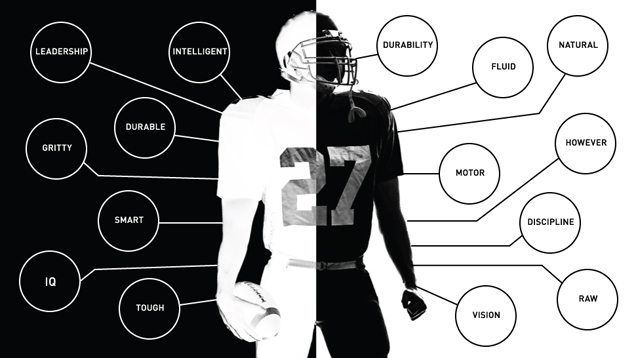Godwin’s Bot is a good essay from Misha Lepetic on 3QuarksDaily on artificial intelligence (AI). The essay reflects on the recent Microsoft debacle with @TayandYou, an AI chat bot that was “targeted at 18 to 24 year old in the US.” (About Tay & Privacy) For a New Yorker story on how Microsoft shut it down after Twitter trolls trained it to be offensive see I’ve Seen the Greatest A.I. Minds of My Generation Destroyed By Twitter. Lepetic calls her Godwin’s Bot after Godwin’s Law that asserts that in any online conversation there will eventually be a comparison to Hitler.
What is interesting about the essay is that it then moves to an interview wtih Stephen Wolfram on AI & The Future of Civilization where Wolfram distinguishes between inventing a goal, which is difficult to automate, and (once one can articulate a goal clearly) executing it, which can be automated.
How do we figure out goals for ourselves? How are goals defined? They tend to be defined for a given human by their own personal history, their cultural environment, the history of our civilization. Goals are something that are uniquely human.
Lepetic then asks if Tay had a goal or who had goals for Tay. Microsoft had a goal, and that had to do with “learning” from and about a demographic that uses social media. Lepetic sees it as a “vacuum cleaner for data.” In many ways the trolls did us a favor by misleading it.
Or … TayandYou was troll-bait to train a troll filter.
My question is whether anyone has done a good analysis of how the Tay campaign actually worked?


